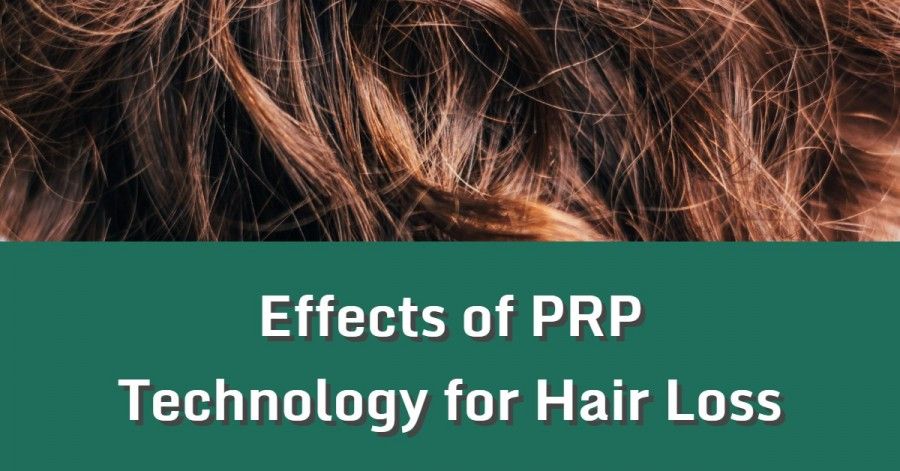Do you want to give PRP therapy a try to treat your hair loss problem? Being one of the latest hair restoration techniques, you need to know how it works first. Read this post for more information about PRP for hair loss.
Nobody wants to be affected by hair loss, but to some people, the condition is inevitable. Hair loss may affect the entire scalp leaving their patient with patchy and unhealthy hair. It can also affect an area of the scalp, which occurs at the center of the scalp or the top of the head. If you are among those enduring the results of hair loss, this article will discuss one of PRP's best treatments for hair loss. Continue reading for enlightenment.
What Does PRP Stand for?
Hair loss usually occurs because the hair follicles responsible for growing new hair are weak or dormant. If that is the case, they will need to be stimulated or regenerated to continue going to their job – growing new hair. PRP is a cell regenerative treatment that is meant to treat hair loss and other types of injuries. The therapy is quite effective when treating injured muscles, ligaments, and tendons. PRP stands for platelet-rich plasma, a component found in blood and produced in the bone marrow, just like other blood cells.
Plasma contains very tiny cells called platelets. The work of these cells is to form blood clots where an injury has occurred. This helps to stop further bleeding and help the body to heal. As a hair restoration treatment, PRP for hair loss supplies hair follicles with blood which helps to stimulate hair follicles, allowing them to produce healthy hair. Since platelet-rich plasma is found in the blood, the doctor will need to draw only the patient's blood to extract PRP.
PRP for Hair Loss Procedure
When treating hair loss patients using the PRP hair treatment, the specialist performs the procedure in three major steps. Their therapy takes about four to six weeks. Once the treatment is administered, the patient will go for maintenance procedures after four to six months. The steps that go on during a PRP are as follows:
Drawing a Portion of Blood from the Patient
In the first step of a PRP for hair treatment, the doctor will draw a sample of the patient's blood and put it into a centrifuge machine. This is done to separate three compounds found in the blood, including platelet-rich plasma. The machine spins the blood rapidly to divide the blood into three layers.
Blood Component Division
After being put in the centrifuge, the blood sample is spun at a very high speed for about ten minutes. After that, the blood will divide itself into three layers. The three blood components separated consist of red blood cells, platelet-rich plasma, and platelet-poor plasma.
PRP Injection Into the Patient's Scalp
The third and last step of PRP therapy for hair loss is drawing the platelet-rich plasma into a syringe and injecting it into the patient's scalp undergoing hair loss. This is meant to stimulate or rejuvenate weak or dormant hair follicles to start growing hair once again.
The beauty of opting for a PRP hair loss procedure is that it has a very short downtime because the procedure doesn't involve surgery, only injections that don't go too deep down the scalp.
The Side Effects of PRP for Hair Loss
If you are worried that you will get infections from blood during the therapy, you shouldn't. That is because the doctor uses the patient's blood when doing the procedure. Once PRP is extracted, it is then injected back into the patient's scalp. However, this doesn't mean that the PRP for hair treatment is risk-free. There are severe side effects that may occur. They include:
- Calcification at the injection points
- Infection from mishandling blood
- Injury to the nerves or blood vessels
- Scar tissue
Conclusion
The best way to find out if you are eligible for PRP for hair loss treatment is to visit a doctor and seek advice from him or her. A few tests and examinations will be done to determine the cause of the hair loss, and proper remedies will be suggested.





